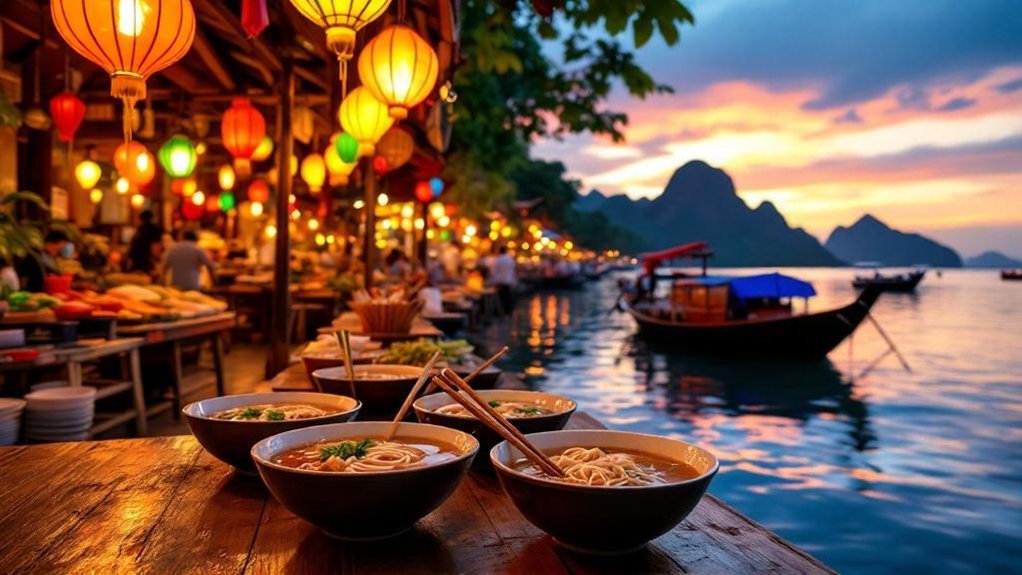Micro-travel hotspots in Asia are redefining quick luxury escapes through convenient access to urban destinations such as Kuala Lumpur, Pattaya, and Mumbai, where short-duration trips constitute 35% of travel activity as of 2025. These cities offer upscale and budget-friendly accommodation options, diverse cultural and culinary experiences, and efficient digital booking platforms that cater to millennials, professionals, and families with limited vacation time. As demand rises, hospitality sectors and local economies rapidly adapt, with additional insights offered on emerging trends and destination impacts.
As micro-travel continues to surge across Asia, short-duration trips have become a dominant force in the region’s tourism sector, accounting for 35% of travel activity as of 2025. This trend reflects a significant shift in consumer behavior, with a notable rise in demand for quick, manageable escapes. Female travelers have emerged as forerunners, with 35% undertaking two micro-trips early in 2025, which is double the rate observed in 2020. The primary drivers behind this growth include millennials, working professionals seeking respite from busy schedules, and families preferring short, restorative breaks.
Short-duration micro-trips now make up 35% of Asia’s travel, driven by millennials, busy professionals, and families seeking quick escapes.
Key urban hubs such as Kuala Lumpur, Pattaya, and Mumbai have solidified their positions as micro-travel hotspots, largely due to their affordability and diverse range of attractions. Kuala Lumpur, in particular, has become Asia’s most popular one-night stay destination, attracting both domestic and international tourists—with 52% of its bookings coming from international travelers. Notably, one-night stays have seen a marked increase in popularity, with destinations like Pattaya and Kuala Lumpur ranking at the top for this travel format.
Other prominent cities in this sphere include Seoul, Taipei, Manila, and Pattaya, all offering a mix of cultural experiences, nightlife, and culinary diversity. Secondary destinations such as Jeju, Nagoya, Kaohsiung, Penang, and Surabaya further enhance the region’s appeal by providing options for beach escapes, nature adventures, and urban exploration, all within accessible travel windows. Budget-conscious travelers often find these destinations ideal for exploring authentic local street food while minimizing expenses compared to dining in tourist areas.
Micro-travel’s appeal is closely tied to the constraints of modern life, where limited vacation time and unpredictable work schedules make long holidays challenging. Agoda’s platform offers a wide range of accommodations and activities to make quick getaways convenient and customizable for travelers. Lower overall travel costs, reduced planning requirements, and the ability to book spontaneously through digital platforms further drive participation. Promotions, such as Agoda’s campaigns offering up to 70% discounts, make these short trips even more attractive and accessible.
From an economic perspective, the proliferation of micro-travel is stimulating growth for short-term lodging providers and online booking services. Investment in scalable travel infrastructure is rising, especially in cities with proven capacity for short-stay tourism.
Local economies, such as those in Mumbai and Kuala Lumpur, benefit from increased visitor numbers, while the hospitality industry adapts to the demand for both quick luxury escapes and budget-friendly options, thereby reshaping Asia’s travel landscape.









